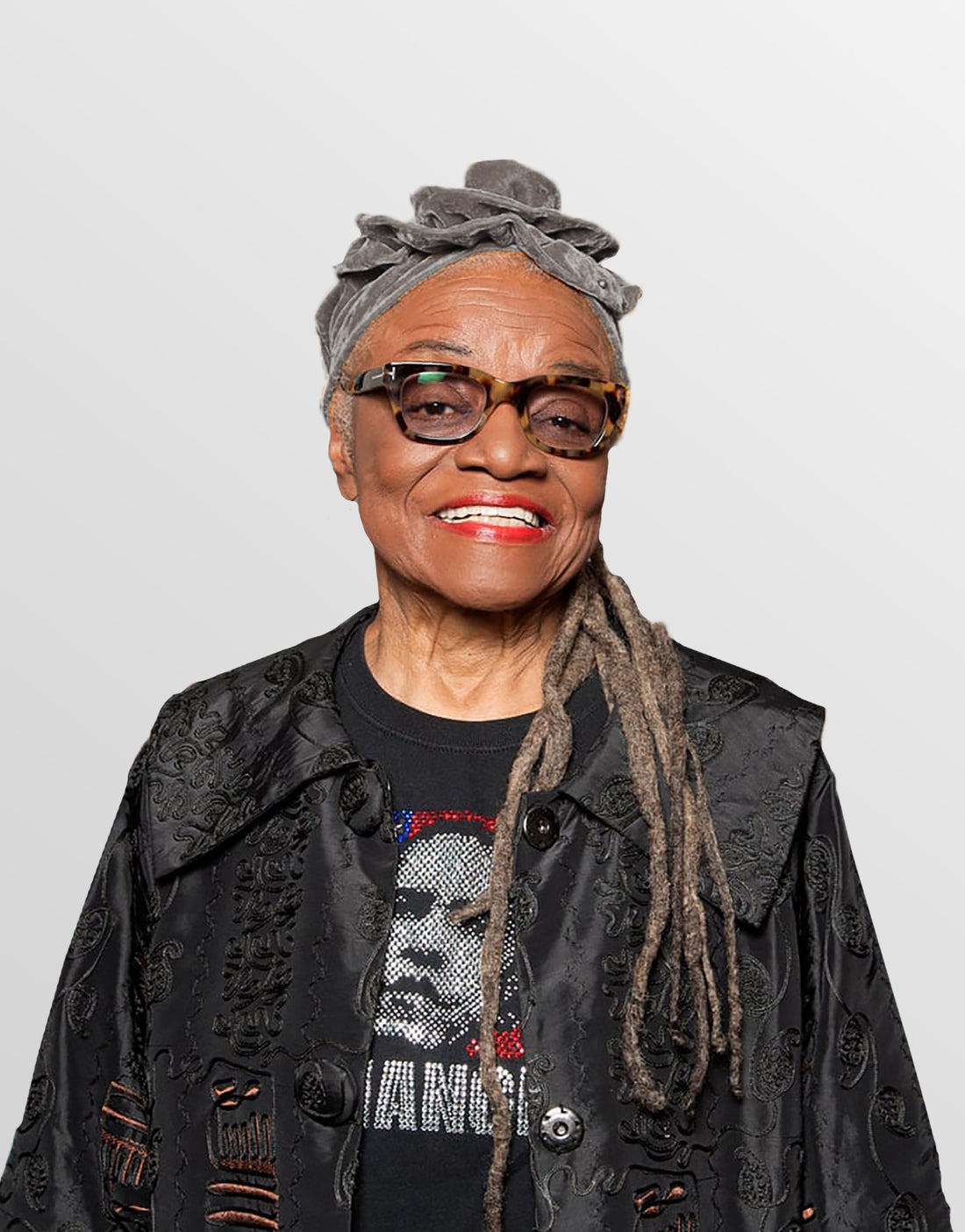In the vast and diverse landscape of visual art, Black female artists have carved out significant spaces, their creative brilliance shining through their work, challenging conventions, and inspiring generations. From pioneering trailblazers to contemporary visionaries, these artists have left an indelible mark on the art world, their contributions spanning across mediums, themes, and styles.
One such luminary is the incomparable Faith Ringgold, whose iconic quilts and narrative paintings have become synonymous with the struggle for civil rights and the celebration of African American culture. Ringgold's bold use of color and symbolic imagery in pieces like "Tar Beach" transcends mere representation, inviting viewers into rich narratives that speak to issues of race, identity, and empowerment.
In the realm of sculpture, Elizabeth Catlett's powerful artworks stand as testaments to the strength and resilience of the human spirit. With a career spanning over seven decades, Catlett's sculptures depict the beauty and struggles of Black life with grace and dignity, earning her recognition as one of the foremost sculptors of the 20th century.
Contemporary artists like Kara Walker continue to push boundaries and challenge perceptions with their provocative and thought-provoking work. Walker's silhouette installations confront issues of race, gender, and power dynamics, sparking conversations about the complexities of history and identity in America.
Meanwhile, Mickalene Thomas dazzles audiences with her vibrant, rhinestone-encrusted portraits that challenge conventional notions of beauty and femininity. Through her bold use of color and pattern, Thomas celebrates the diversity and complexity of Black women, reclaiming their narratives and asserting their presence in the art world.
Njideka Akunyili Crosby, a Nigerian-born artist, seamlessly blends traditional African aesthetics with Western art forms, creating stunning mixed-media works that explore themes of cultural hybridity and diasporic identity. Her intricate collages and paintings offer glimpses into the complexities of the immigrant experience, navigating issues of belonging and displacement with sensitivity and nuance.
In the world of photography, Carrie Mae Weems stands as a towering figure, using her lens to capture intimate moments of Black life while shedding light on issues of race, gender, and class. Weems' iconic series "Kitchen Table" explores the dynamics of domesticity and relationships, offering a nuanced portrayal of Black womanhood rarely seen in mainstream media.
These are just a few examples of the countless Black female artists who have made invaluable contributions to the visual art world. Their work serves as a testament to the power of creativity to inspire change, challenge perceptions, and unite communities across boundaries.
However, despite their immense talent and influence, Black female artists continue to face barriers and systemic inequalities within the art world. From lack of representation in galleries and museums to disparities in funding and recognition, the road to success remains fraught with challenges.
As we celebrate the achievements of these remarkable artists, it is essential to also recognize the ongoing need for greater diversity, equity, and inclusion within the art world. By amplifying the voices and experiences of Black female artists, we can work towards creating a more inclusive and representative cultural landscape where all artists can thrive.
The contributions of Black female artists to the visual art world are immeasurable, their creativity and innovation serving as beacons of inspiration for generations to come. As we continue to celebrate their achievements, let us also commit to breaking down barriers and creating a more equitable and inclusive art world for all.

